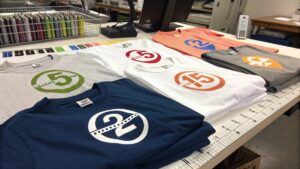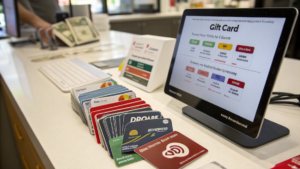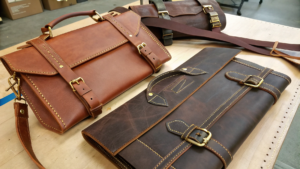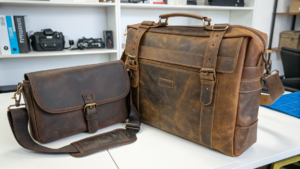Can a Custom Logo T-Shirt Truly Represent Your Brand?
Designing a custom printed shirt is more than picking a font or adding an image. It's about putting your identity onto fabric. What story will your shirt tell?
A custom logo t-shirt can powerfully represent your brand by acting as a wearable message that communicates your identity, values, and story. When designed with a clear concept, simplicity, and emotional appeal, it becomes an effective, mobile marketing tool that fosters recognition and connection.
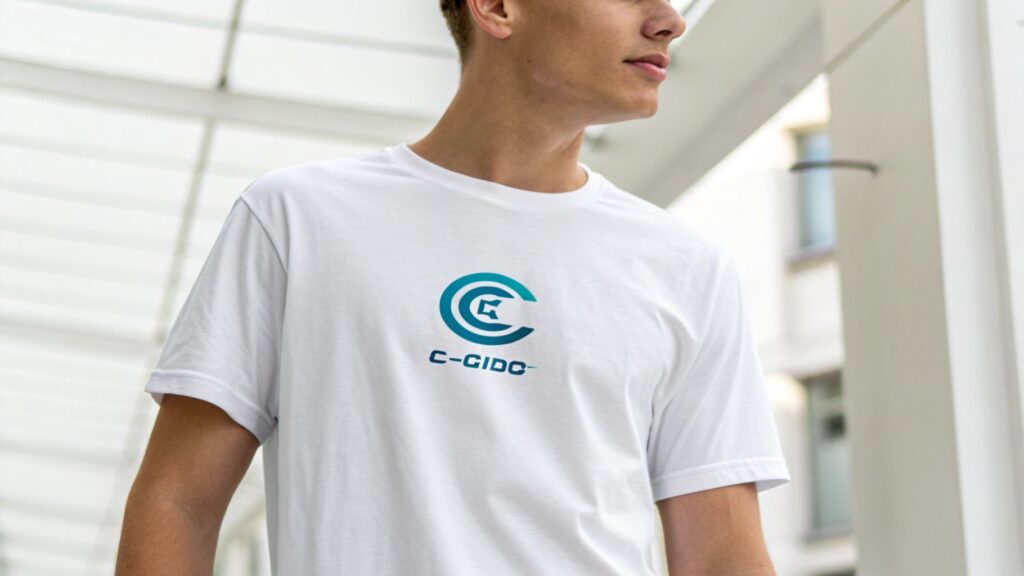
I’ve always believed that every item tells a story, especially when it comes to corporate gifts. A t-shirt, when done right, is like a walking billboard that creates connection. This is why I think custom logo t-shirts are so valuable for branding.
How Do You Print Your Own Image Onto a Shirt?
Are you curious about turning your unique designs or brand logos into wearable art? Do you want to bring your creative vision to life on a custom t-shirt but are unsure which printing method1 is best?
To print your own image onto a shirt, you can choose from several popular methods, each offering different results and suitability for various designs. These include screen printing for vibrant, durable prints, direct-to-garment (DTG) for detailed, full-color designs, heat transfer for easy DIY projects, and embroidery for a premium, textured look.
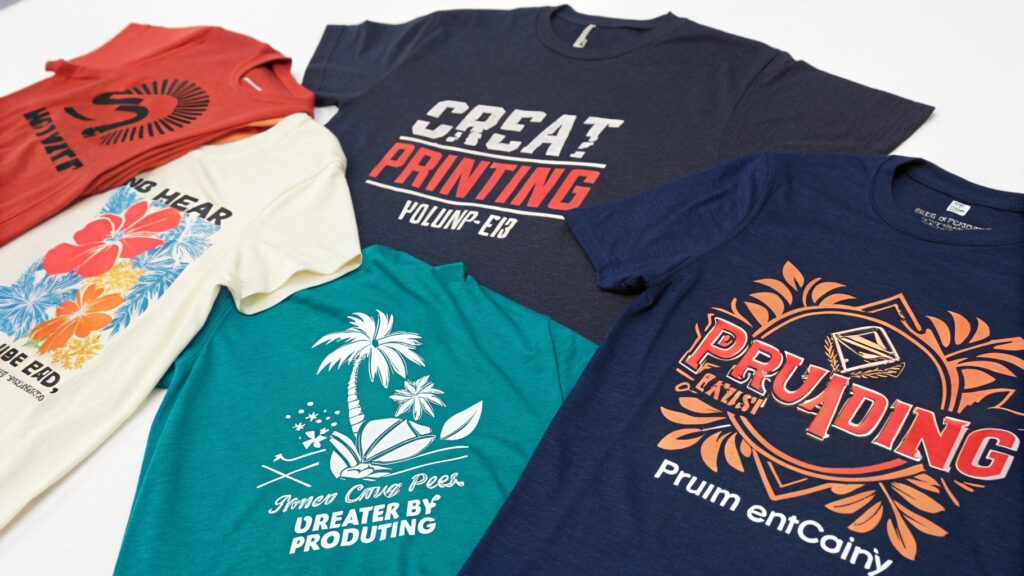
From my beginnings in a printing factory, I’ve seen countless designs come to life. The method chosen significantly impacts the final look and feel of a shirt. This is why I believe understanding printing techniques is key to a successful custom t-shirt.
What are the Best Methods for Shirt Printing?
Printing an image onto a shirt makes it unique. Different methods work best for different designs. Each has its own benefits. Knowing these helps you pick the right one.
| Printing Method | Description | Ideal For | Pros | Cons |
|---|---|---|---|---|
| Screen Printing | Ink is pushed through a mesh stencil onto the fabric. | Large orders, simple designs, vibrant colors, durable prints. | Highly durable, cost-effective for bulk, vivid colors. | Limited color gradients, higher setup costs for small runs, complex designs. |
| Direct-to-Garment (DTG) | Ink is printed directly onto the fabric, like an inkjet printer. | Complex designs, full-color images, small batches, photos. | High detail, wide color range, no setup fees for multiple colors. | Less vibrant on dark shirts, not as durable as screen print for heavy wash. |
| Heat Transfer (Vinyl/Transfers) | Designs are cut from vinyl or printed onto transfer paper and heat-pressed. | Small runs, personalized items, simple logos, text, DIY projects. | Affordable for small quantities, good for text and simple shapes, quick. | Less durable over time, can crack or peel, less breathable feel. |
| Embroidery | Design is stitched onto the fabric using threads. | Polo shirts, caps, workwear, professional branding, premium feel. | Highly durable, professional look, textured finish. | Higher cost, limited detail for complex logos, not ideal for very thin fabrics. |
| Dye Sublimation | Ink turns into gas when heated and permanently bonds with polyester fabric. | All-over prints, activewear, vivid colors, photographic designs. | Extremely durable, no fade, breathable, vibrant, soft hand feel. | Only works on polyester fabrics, not suitable for cotton. |
I once had a client who wanted custom t-shirt2s for a marathon team. They had a very intricate design with many colors. We chose DTG printing for its ability to handle complex graphics. The shirts came out perfectly, with every detail sharp and vibrant. Seeing their team wear those shirts with pride, knowing the print was exactly what they envisioned, was very satisfying. It really proved to me that picking the right printing method is vital for the desired outcome.
How Much Does It Cost to Have a Design Printed on a Shirt?
Are you planning to order custom shirts but unsure about the budget, wondering what factors influence the final price? Do you want to understand the different cost elements involved in bringing your design to life on fabric?
The cost to have a design printed on a shirt varies widely, typically ranging from a few dollars to over twenty dollars per shirt, depending on several key factors. These include the printing method chosen, the number of colors in your design, the quantity of shirts ordered, the type and quality of the t-shirt blank, and any additional services like design work or special finishes.
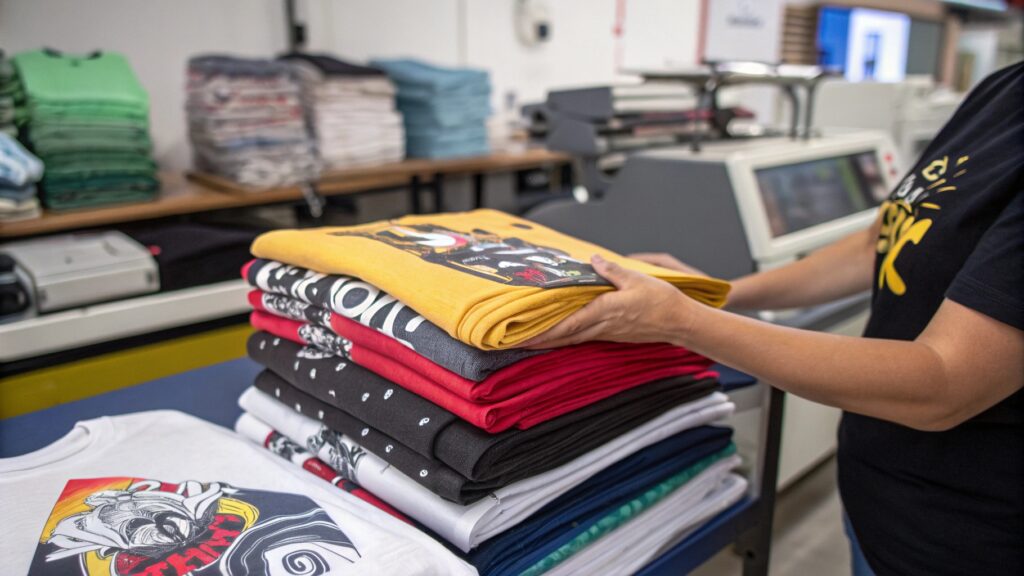
Pricing custom items is something I deal with daily at Latitude. I've learned that cost isn't just a number; it reflects the quality, effort, and customization involved. It's the same for t-shirts.
What Factors Influence Shirt Printing Costs?
The cost of custom shirts depends on many things. It is not just about the design. Understanding these factors helps you plan your budget. It also helps you get the best value.
| Factor | Description | Impact on Cost | Cost-Saving Tips |
|---|---|---|---|
| Printing Method | Screen printing, DTG, heat transfer, embroidery, dye sublimation. | Screen printing is cheaper for bulk, DTG for small runs; embroidery is most expensive. | Choose method suitable for quantity and design complexity. |
| Number of Colors | How many different ink colors are in your design. | More colors increase cost, especially for screen printing (more screens). | Limit color palette, especially for screen printing. |
| Quantity Ordered | The total number of shirts in your order. | Larger orders lead to lower per-shirt costs (economy of scale). | Order in bulk if possible to reduce per-unit cost. |
| Shirt Type & Quality | Basic cotton tees vs. premium blends, organic, performance fabrics. | Higher quality blanks cost more; specialty materials add to price. | Opt for standard cotton if budget is tight, unless specific needs. |
| Design Complexity | Intricate details, gradients, multiple print locations. | Complex designs increase setup time and ink usage, raising costs. | Simplify design details, stick to fewer print locations. |
| Print Location(s) | Front, back, sleeve, neck tag, all add to the cost. | Each additional print location adds to the overall cost. | Limit to one or two main print locations. |
| Setup Fees | Costs for preparing screens or digital files. | Can be significant for screen printing on small orders. | Ask if setup fees are waived for larger orders or repeat business. |
| Rush Orders | Needing shirts produced faster than standard turnaround time. | Expedited production often incurs an extra fee. | Plan ahead to avoid rush order charges. |
I once helped a startup design their team shirts for an industry event in Singapore. They had a tight budget. We advised them to simplify their logo to just two colors for screen printing3. We also suggested ordering a slightly larger quantity than initially planned to hit a better price break. By making these small adjustments, they got high-quality shirts that looked professional, all within their budget. It taught me that knowing how to navigate these cost factors is crucial for any client.
How Long Do Custom Shirts Take to Make?
Are you curious about the timeline for getting your custom shirts produced, wondering if your project can meet a specific deadline? Do you need to know what factors might speed up or slow down the manufacturing process for personalized apparel?
The time it takes to make custom shirts varies based on the printing method, order size, design complexity, and the printer's current workload. Generally, production can range from a few days for simple heat transfers or small DTG orders to several weeks for large, multi-color screen-printed orders, especially during peak seasons.
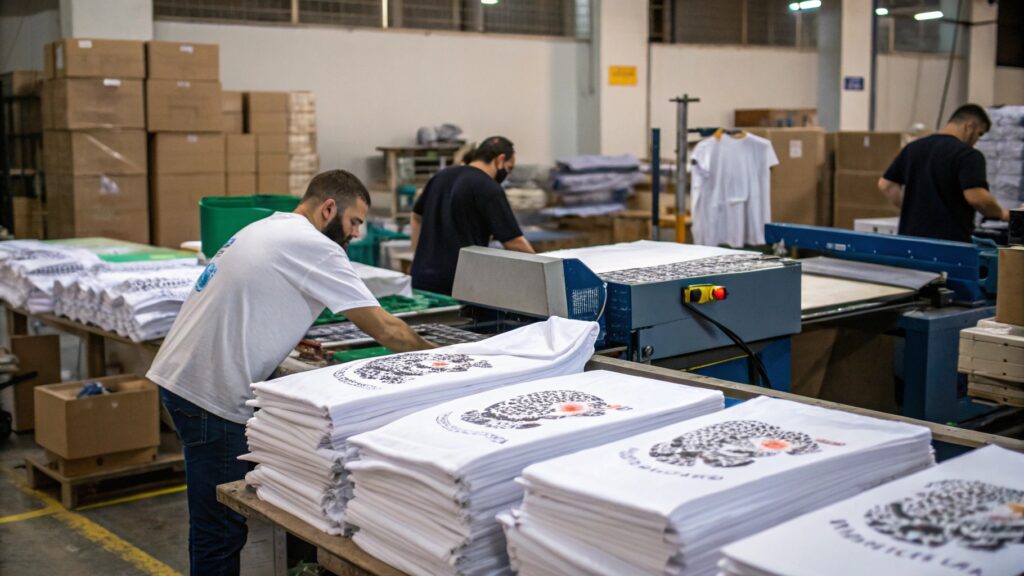
In the world of corporate gifting, timing is everything. I've seen firsthand how crucial it is to manage expectations on production timelines. Custom shirts are no different. It's all about planning ahead.
What Factors Affect Production Time for Custom Shirts?
Production time for custom shirts is not fixed. It changes based on several things. Knowing these helps you plan. It also helps you get your shirts on time.
| Factor | Description | Impact on Production Time | Planning Tip |
|---|---|---|---|
| Printing Method | Screen printing, DTG, heat transfer, embroidery, etc. | DTG/Heat Transfer often quicker for small runs; Screen printing takes longer setup. | Choose method that balances speed with quality for your needs. |
| Order Quantity | The total number of shirts being produced. | Larger quantities naturally take more time to print and finish. | Allow ample time for large orders; break into smaller batches if urgent. |
| Design Complexity | Number of colors, intricate details, multiple print locations. | More complex designs require more setup time and printing passes. | Simplify designs to speed up production. |
| Current Workload | The printer's existing queue of orders. | Peak seasons (holidays, graduation) mean longer wait times. | Order well in advance during known busy periods. |
| Material Availability | Stock of desired shirt blanks or specialty inks. | Delays if specific items are out of stock or need to be ordered. | Confirm material availability before placing order. |
| Approvals | Time taken for design proofs and mock-ups to be approved by client. | Delays if feedback is slow or changes are frequent. | Provide prompt feedback and clear instructions. |
| Shipping Time | Time for shirts to be delivered after production is complete. | Varies based on location and shipping method. | Factor in shipping time, especially for international deliveries. |
| Special Finishes | Adding custom tags, folding, polybagging. | Extra steps add to overall production time. | Only opt for necessary special finishes if time is critical. |
I once had a client in Singapore who needed event shirts with a very tight deadline. They wanted a complex, full-color design for a large number of shirts. We advised them that screen printing would be too slow due to the setup and color count. Instead, we pushed for DTG printing, even though it was slightly more expensive per shirt. By streamlining the design approval process and choosing a faster method, we delivered the shirts just in time for their event. It showed me how crucial it is to communicate realistic timelines and guide clients toward solutions that meet their needs.
Conclusion
Custom logo t-shirts powerfully communicate your brand identity. They become wearable messages that build connection and recognition when designed thoughtfully and produced using the right methods.

